Despite having prepared in advance, when US President Donald Trump announced a 46% reciprocal tax on goods imported from Vietnam to the US, businesses were not only "shocked" but also "dizzy" with this tax rate. The reason why businesses felt more "shocked" than "shocked" was because previously, most predicted that this tax rate would only be around 10% at most. With the above prediction, some shrimp businesses planned quite high revenue and profit compared to 2024. Not only that, some shrimp businesses also built a plan for tilapia farming areas for processing and exporting to the US market when the US-China trade war broke out.
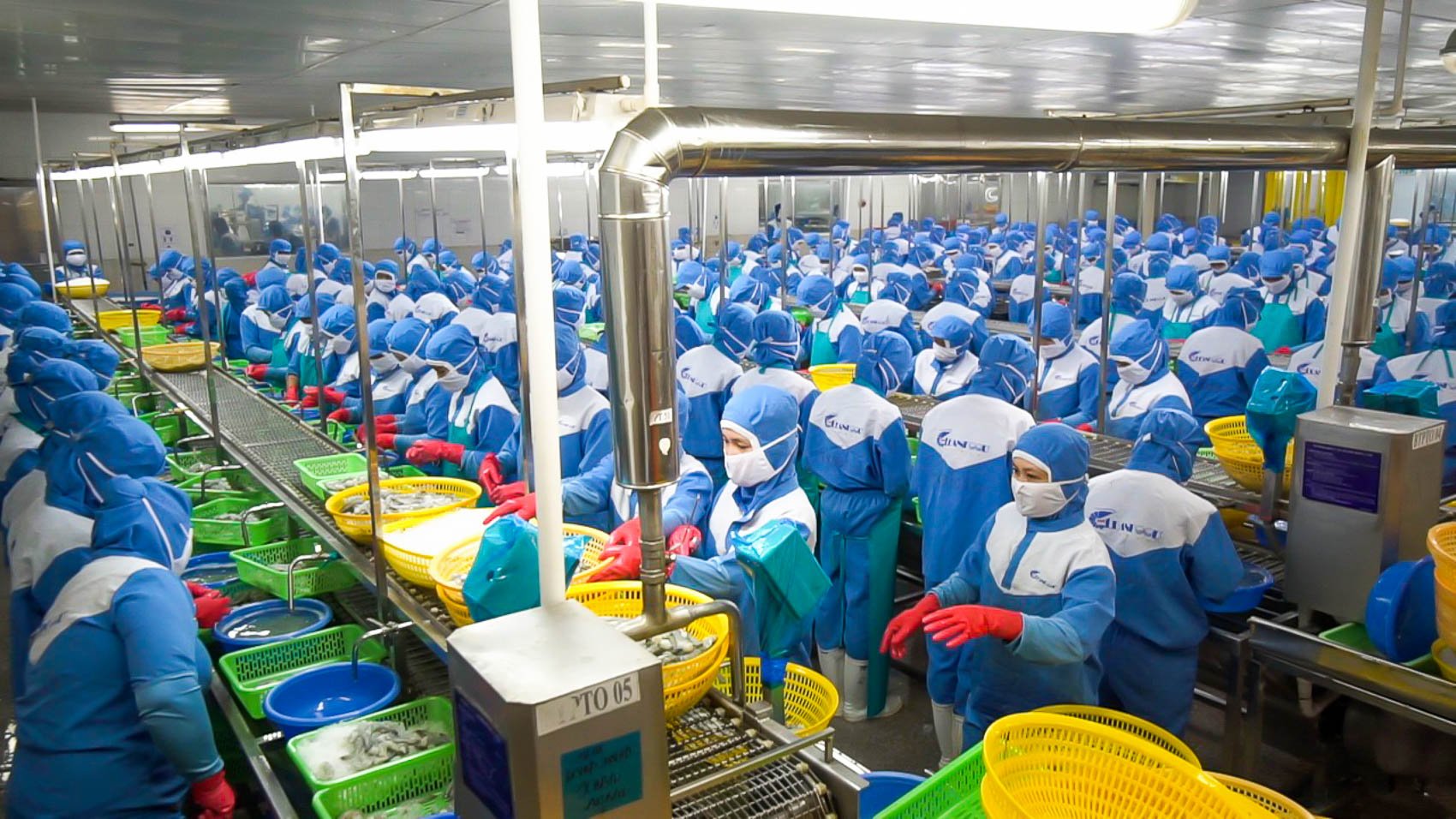 |
| VinaCleanfood is still trying to find markets to overcome the difficult period. Photo: TICH CHU |
Over the years, the US has always been Vietnam's largest traditional shrimp export market, accounting for about 20% of total shrimp export turnover, with turnover value ranging from 800 million USD to 1 billion USD. According to businesses, if the 46% tax rate is not adjusted down as expected after negotiations, the story of withdrawing from the US market is no longer a prospect. A shrimp business in Soc Trang shared: "Vietnamese shrimp has been struggling to compete with cheap shrimp from Ecuador and India in the US market, now it has to bear a very high tax rate compared to these two competitors (India 26% and Ecuador only 10%), how can it survive in this market?"
According to the quick, preliminary and incomplete statistics of the Vietnam Association of Seafood Exporters and Producers (VASEP), on the morning of April 3, as soon as the news of the US imposing a high tax rate of 46% was announced, there were about 37,500 tons of various types of seafood being transported to the US and about 31,500 tons of goods expected to be exported in April - May 2025. Along with that are orders that have been signed for 2025, with a total output of about 38,500 tons . With the recent decision to postpone the application of the 46% reciprocal tax rate for 90 days by the US President, 37,500 tons of seafood en route to the US and 38,500 tons expected to be delivered in April and May have escaped this high tax rate, although they are still subject to the 10% tax rate like most other countries.
The US is a large, traditional and leading market for seafood in the world, including Vietnam. Currently, there are more than 400 Vietnamese enterprises exporting and planning to export seafood to the US market with large, high-value orders. In the context of high competition and anti-dumping taxes, the main method of transporting seafood is DDP (delivery to warehouse) when exporting to the US, meaning that Vietnamese enterprises must pay all costs (transportation, insurance, tax) before delivery and wait for payment from US partners. Therefore, the new tax rate makes Vietnamese seafood enterprises worried about the possibility of losing this large market .
The first knot has been untied, and businesses' worries have been somewhat alleviated. The first goal that the Government and businesses expected has been achieved. The next issue is how to bring the reciprocal tax to a sufficient level so that Vietnamese goods in general and seafood in particular can compete fairly with new rivals, which is the main goal, the greater expectation that both the Government and businesses want to achieve. The upcoming negotiations on the reciprocal tax agreement and, further, the bilateral trade agreement between Vietnam and the US will certainly be more difficult and complicated, but we have the right to believe in a better result after these negotiations.
In addition to the expectation that the negotiations between the two governments will achieve positive results, businesses are also proactively developing production and business plans to suit the new situation. Mr. Vo Van Phuc - General Director of Vietnam Clean Seafood Joint Stock Company (VinaCleanfood) said that VinaCleanfood is making efforts to seek and expand potential markets with large shrimp consumption demand, such as Japan, Korea, Canada, and Europe to compensate for orders in the US market if the corresponding tax rate is not changed in a direction that businesses can accept. Most seafood businesses said that adjusting the sales and profit plan for 2025 is almost a must, but more importantly, finding new directions and new markets, focusing on exploiting the advantages of markets that have FTAs with Vietnam.
Difficulties are inevitable, but confidence has been rekindled and this is the important thing that helps businesses not only to be more confident in overcoming difficulties and challenges but also to turn difficulties and challenges into opportunities to rise up with the country and enter a new era.
ACCUMULATE
Source: https://baosoctrang.org.vn/kinh-te/202504/90-ngay-va-hon-the-nua-444775c/




![[Photo] Fireworks light up the sky of Ho Chi Minh City 50 years after Liberation Day](https://vstatic.vietnam.vn/vietnam/resource/IMAGE/2025/4/30/8efd6e5cb4e147b4897305b65eb00c6f)

![[Photo] Feast your eyes on images of parades and marching groups seen from above](https://vstatic.vietnam.vn/vietnam/resource/IMAGE/2025/4/30/3525302266124e69819126aa93c41092)


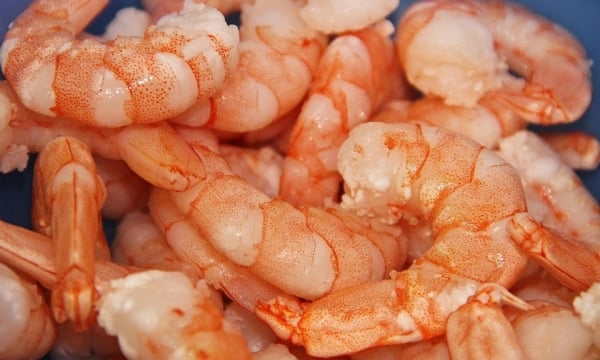







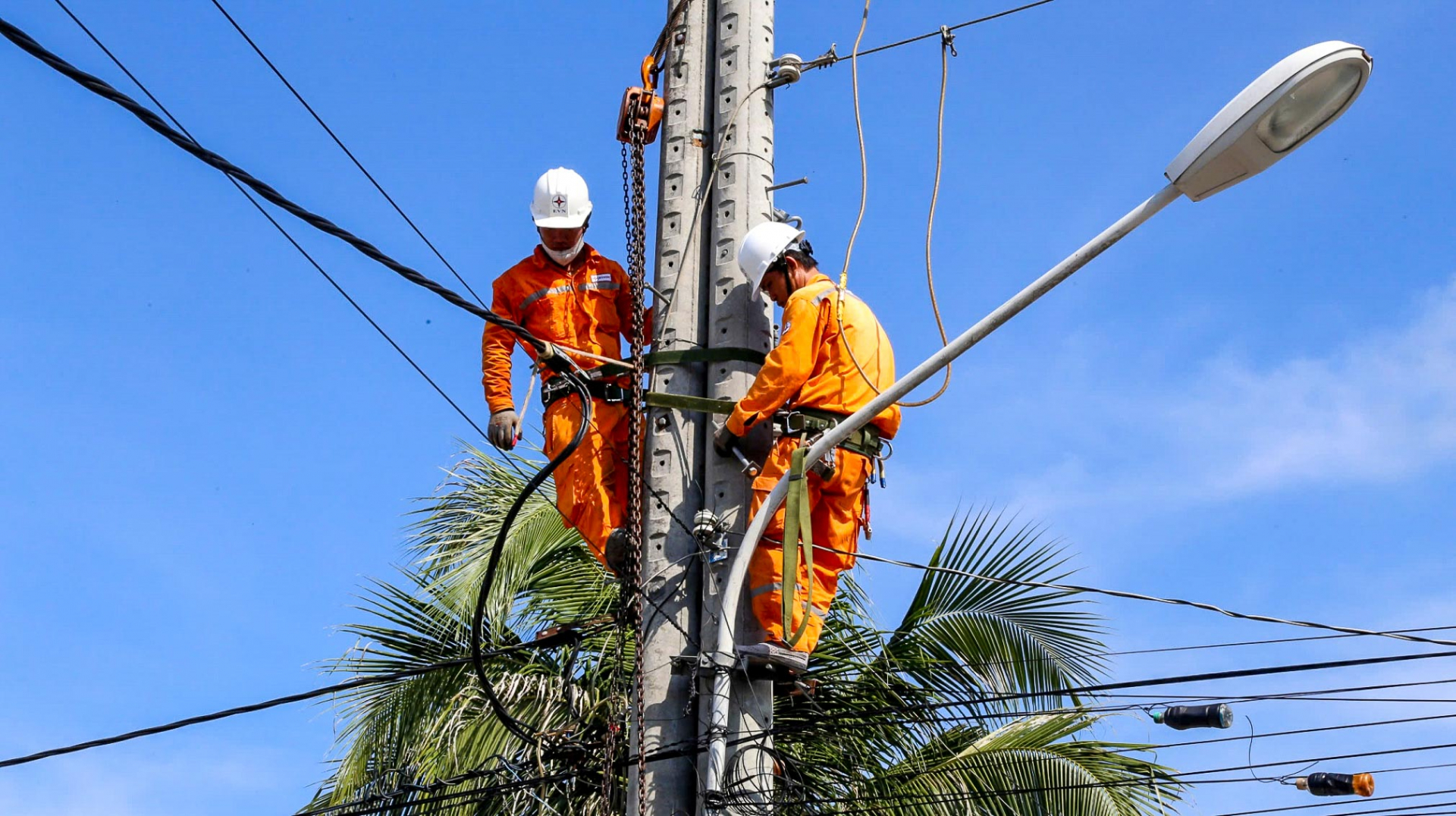

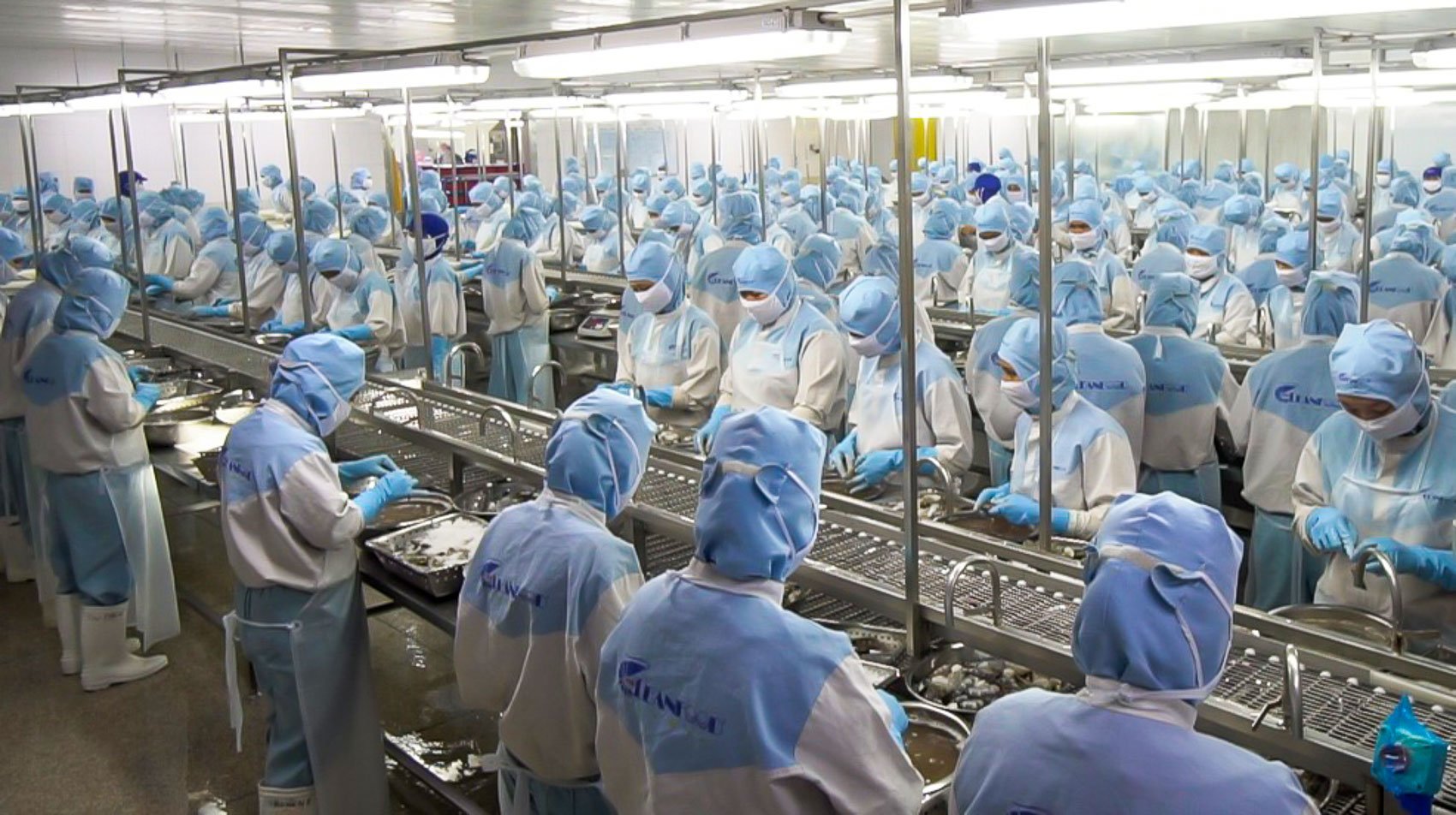

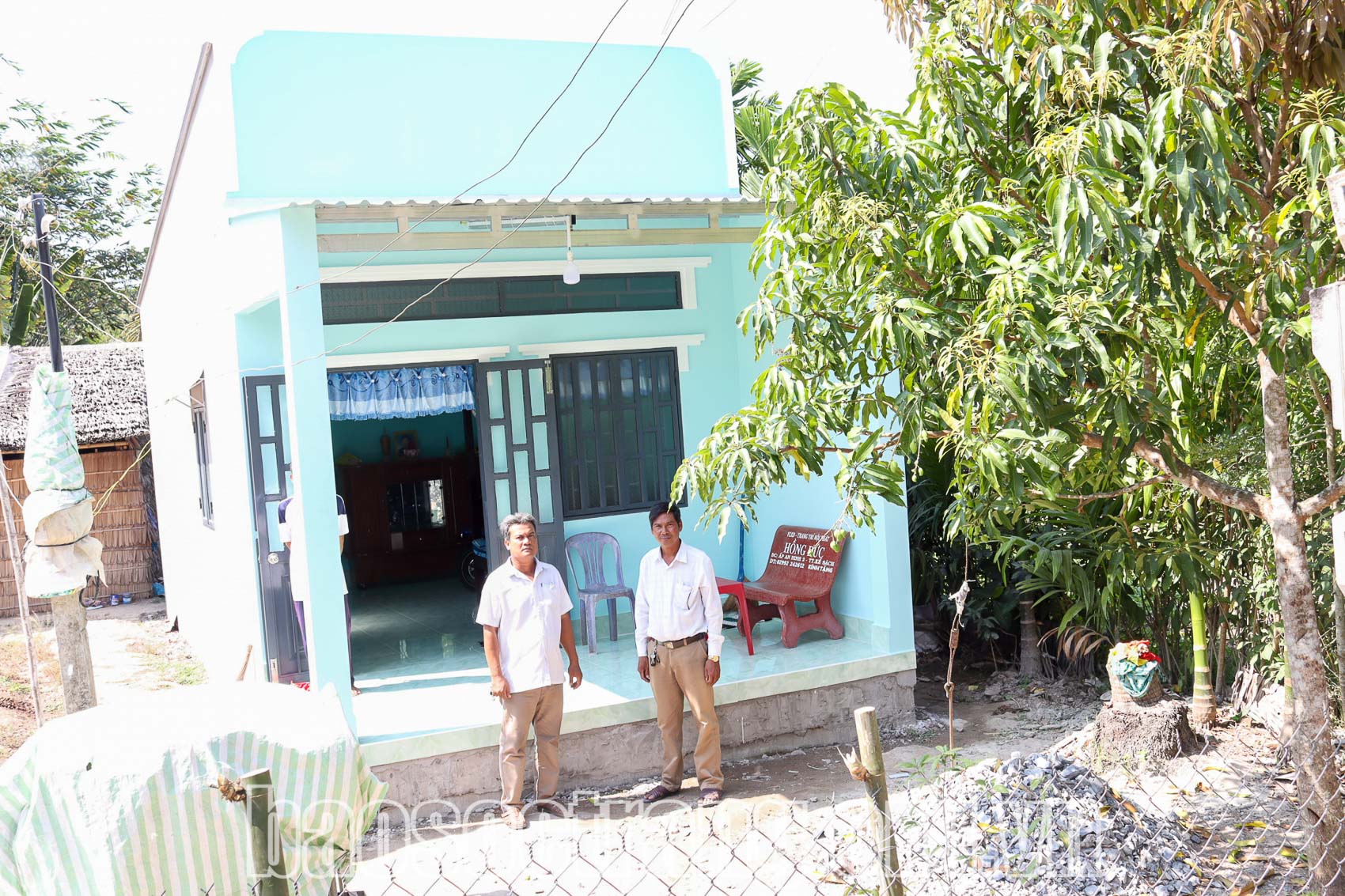


























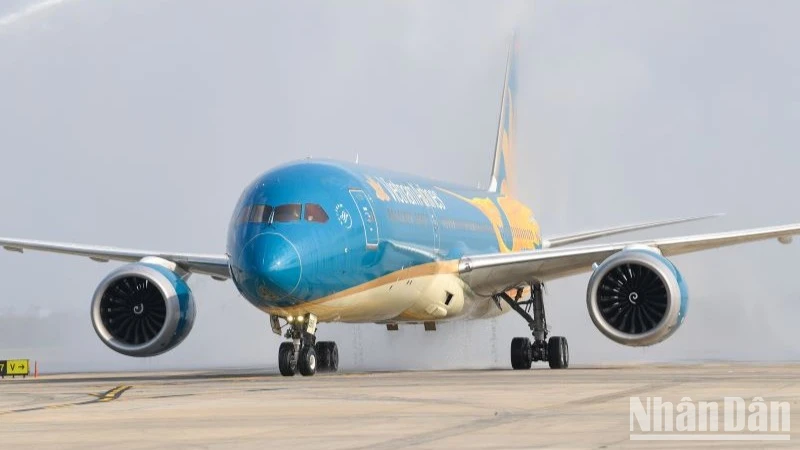








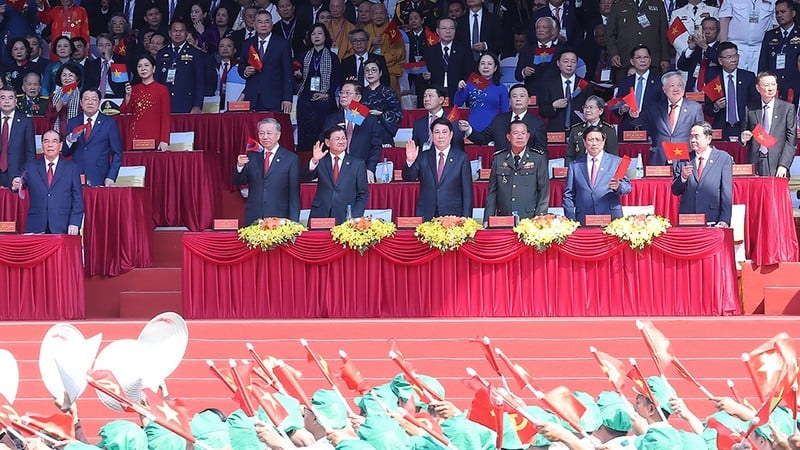































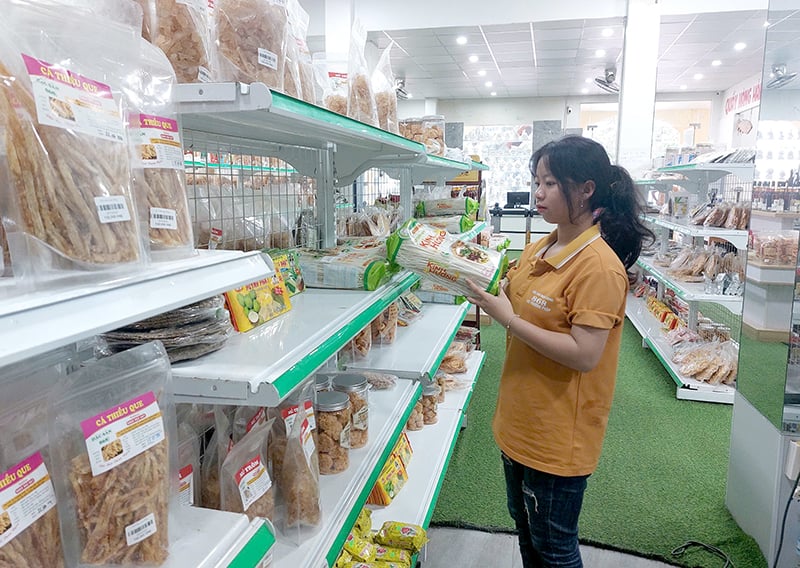
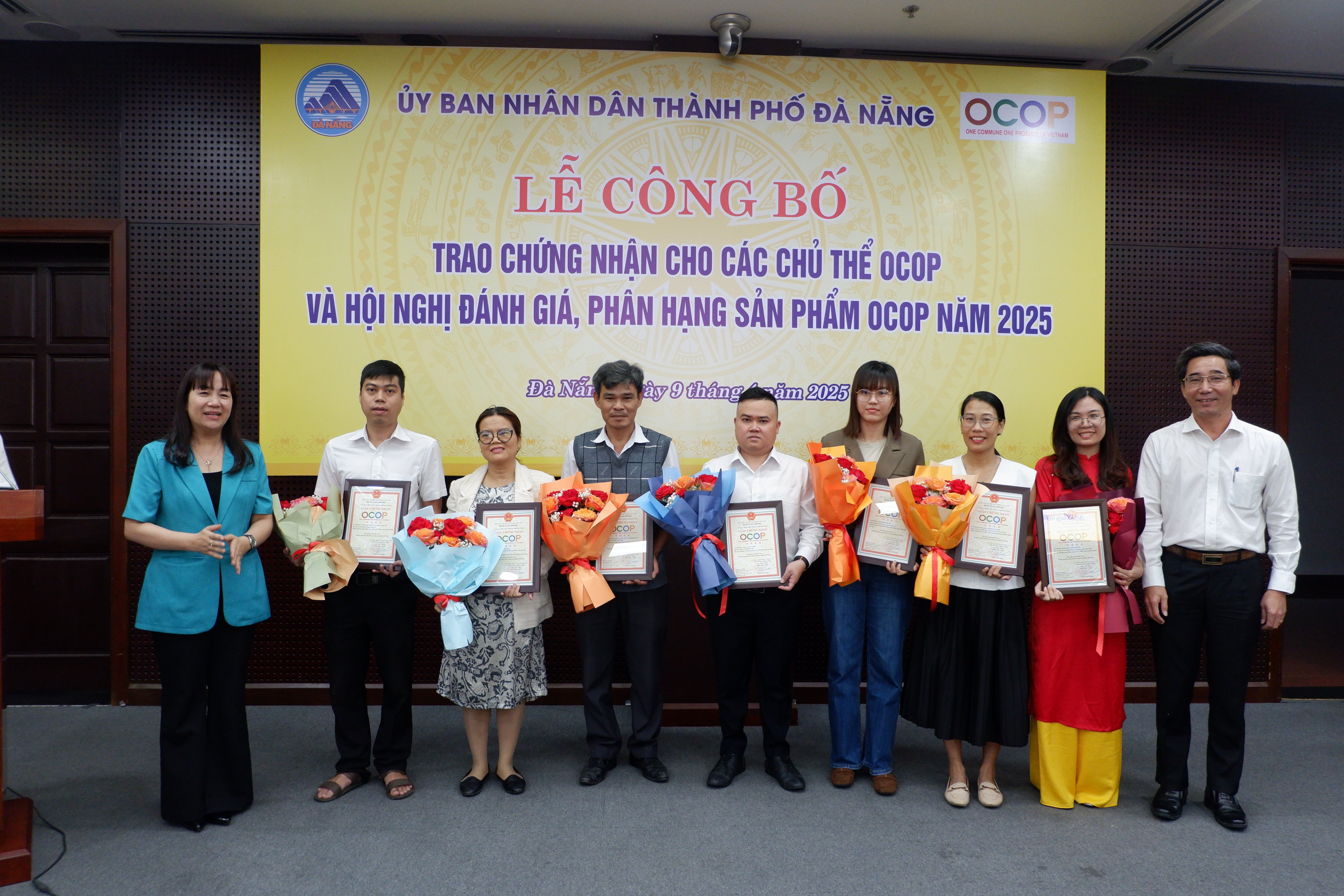

Comment (0)